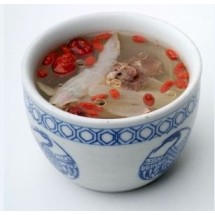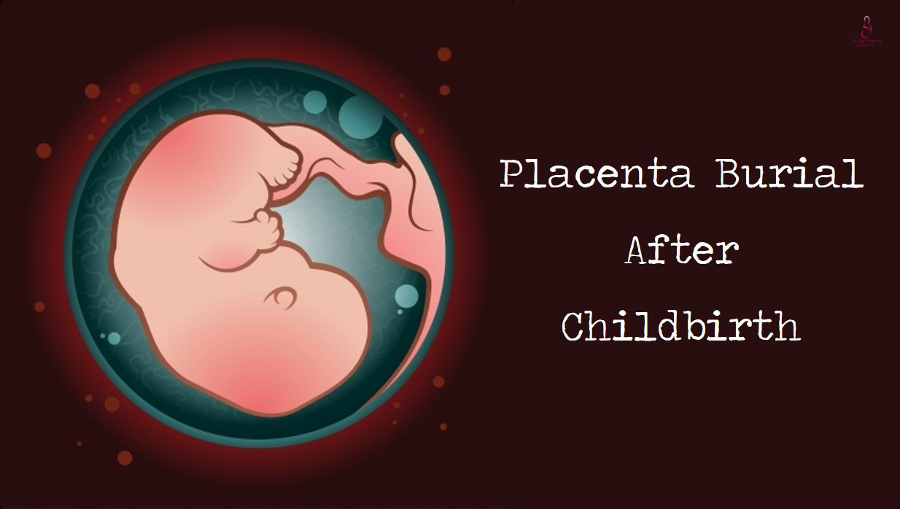
Have you ever heard about placenta burial? Does this term sound spooky and foreign or is this something that you are familiar with?
Apparently, placenta burial is a “worldwide culture” and an international phenomena that human races all across the globe are doing it. What are the reasons behind placenta burial?
Let’s take a look at how placenta burial is done across the continents and the reasons behind this ritual.
In Africa
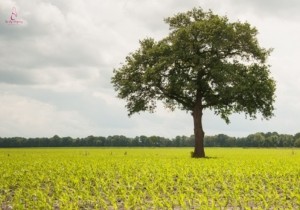 In some African cultures, the placenta is wrapped in blankets and buried under a tree to celebrate the birth of the baby and it is also a symbolize of ongoing life. In Mali, it is thought that the placenta has strong connections with the baby. It can affect the baby’s mood or even make him ill. The placenta is carefully washed, placed in a basket and buried by the father.
In some African cultures, the placenta is wrapped in blankets and buried under a tree to celebrate the birth of the baby and it is also a symbolize of ongoing life. In Mali, it is thought that the placenta has strong connections with the baby. It can affect the baby’s mood or even make him ill. The placenta is carefully washed, placed in a basket and buried by the father.
In Tunisian culture, it all depends on where the woman gives birth. Madam Fouzia Bel Haj says, “if the woman delivers her baby at the hospital, neither the baby’s mother nor her family members have access to the placenta but if the woman chooses to give birth at home, she gets to bury her baby’s placenta anywhere she wants”.
On the other hand, the Kikuyu people of Kenya place the placenta in an uncultivated field and cover it with grains and grasses.
In North America
In Hawaii, the placenta is considered as sacred and has to be handled with great care.
It is washed and given full religious rites before being buried with a tree planted over it. This way, it is hoped that the child has close attachment and sentiments with his homeland.
In South America
In some parts of Bolivia and Peru, the placenta has to be burned and buried at secret locations to protect it from evil spirits. If these religious rites are not performed correctly, the spirits are believed to come back for revenge and cause harm to the baby, mother and the whole society.
It was reported on the internet that a farmer family from Chile had planted their baby’s placenta in their own farm in an act to neutralise the land and to celebrate the birth of their child.
In Oceania
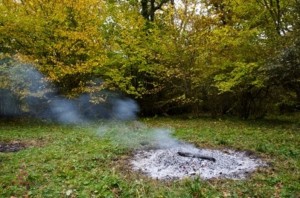 Uniquely, the Australian Aborigines have a placenta tree on a river. In a 2008 interview for CNN’s program House Call, Actor Matt McConaughey said, “when I was in Australia, they had a placenta tree that was on the river … and all the placentas of all that tribe, all that clan, whatever Aboriginal tribe that was, all the placentas went under that one tree and it was this huge behemoth of just health and strength. This tree was just growing taller and stronger above the rest of Mother Nature around it. It was gorgeous.”
Uniquely, the Australian Aborigines have a placenta tree on a river. In a 2008 interview for CNN’s program House Call, Actor Matt McConaughey said, “when I was in Australia, they had a placenta tree that was on the river … and all the placentas of all that tribe, all that clan, whatever Aboriginal tribe that was, all the placentas went under that one tree and it was this huge behemoth of just health and strength. This tree was just growing taller and stronger above the rest of Mother Nature around it. It was gorgeous.”
A Samoan friend shares that his siblings’ placentas and his had been “wrapped up carefully in a clean cloth or cotton wool and then buried”. It is also part of Samoan belief that by burying or burning the placenta at home, it ensures the child will remain close to home as he moves through life. At times the placenta is buried under a fruit tree with the hope of giving lifelong nutrition to the child.
In Asia
The Hmong people (an ethnic group from the mountainous regions of China, Vietnam, and Thailand) regard placenta as “jacket,” as it’s considered an infant’s first and finest clothing. The Hmong bury the placenta outdoors as they believe that after death, the soul must journey back through the past until it reaches the burial place of the placenta and awaits rebirth.
Whereas in Cambodia, the placenta is delicately wrapped in a banana tree leaf and placed beside the newborn baby for three days and thereafter, it will be buried.
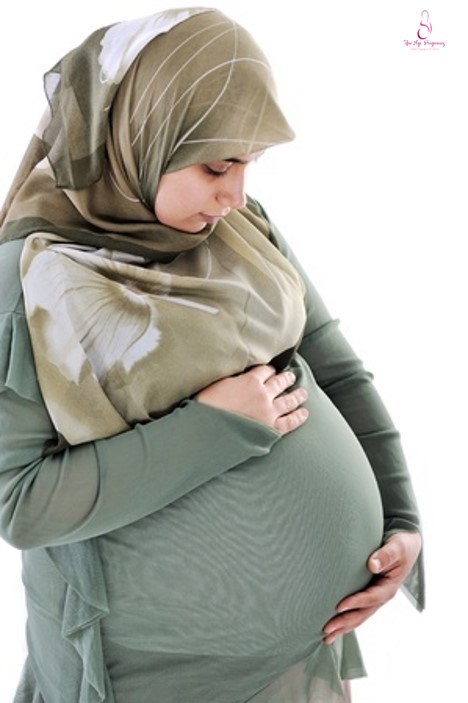 On the other hand, I had learned from a family friend that in the olden days in Laos, the placenta had to be buried by someone from the family. Failure to do so would result in the child being handicapped.
On the other hand, I had learned from a family friend that in the olden days in Laos, the placenta had to be buried by someone from the family. Failure to do so would result in the child being handicapped.
Meanwhile, it is a popular belief in Filipino tradition that to have a smart child, its placenta has to be buried with books.
On the island of Southeast Sulawesi Province (Indonesia), Madam Herdawati Djamaluddin explains that the placenta is cleaned before being buried. The placenta is cleaned most preferably by the baby’s father. Otherwise, a close relative from either sides or even the “dukun beranak” or “dukun terlatih” may help to clean and bury the placenta. These two terms refer to local midwives.
According to Madam Herdawati, there are still many women at her place who still use these “dukun” services as “… nowadays they are more professional because they get some special medical training”.
The cleaned placenta is then buried at a corner of the backyard of the house where the mother and the baby live, together with some prayers led by an “Imam” (a Muslim religious man). After the burial, a candle is lit at the grave for four days consecutively; usually when the sun is setting.
Madam Herdawati shares that, “since it is believed that the baby and the placenta are still emotionally and mentally connected, it is thought that by burying the placenta properly, this will keep the baby calm and at peace”. However, the buried placenta remains at its place forever even though the mother or the baby moves out of the house one day.
Closer to home, in Singapore, Madam Lynna, a mother of four kids admits that all her four children’s placentas had been buried at “sacred places”. Her fourth child’s placenta was cleaned by her husband and buried behind a mosque.
Madam Lynna who is a Javanese descent says that “according to Javanese customs, placenta is part of us. Therefore it has to be buried as a sign of respect”. Her late mom would also help out to wash and clean the grandchildren’s placentas with salt and tamarind to eliminate the smell to avoid some supernatural powers from sniffing at them. The washed and cleaned placenta would then be placed inside a coconut or watermelon. After which the fruit would be wrapped up with a white cloth and buried immediately. Madam Lynna’s late father had had buried a handful of his grandchildren’s placentas at “hilly places” in the central part of Singapore.
“Once the hospital releases the placenta to the woman’s family, it has to be taken home, washed, cleaned and buried as soon as possible or risk being disturbed by any evil spirits. In some cases, some people may even put nails or needles together with the placenta to avoid any supernatural power from disturbing it,” she confides.
Have you had experience dealing with placenta burial or heard about it? Share them with us by commenting below!
By Noreen Yek Boussetta


